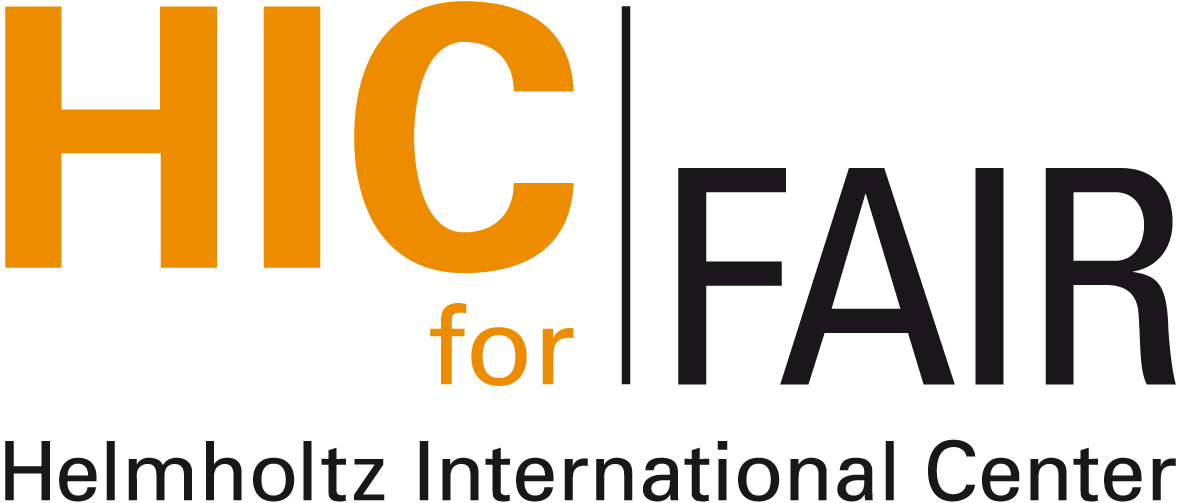 Nuclear Physics Colloquium
Nuclear Physics Colloquium  Nuclear Physics Colloquium
Nuclear Physics Colloquium Location:
FIAS Science Campus Riedberg, Ruth-Moufang-Str. 1, Seminar
Room FIAS 100
Time: Friday, December 13, 2013,
3:30-4:30pm (plus 10min for discussion)
Contact: hees@fias.uni-frankfurt.de
We review the history of studies of nuclear shadowing phenomena in hadron-nucleus scattering. The change of the space-time picture of shadowing corresponding to transition from Glauber to Gribov-Glauber approximation is explained. A qualitatively new pattern emerges in QCD for the interaction of small dipoles with nuclei leading to a prediction that shadowing for the interaction of such states is not suppressed. Quantitative theory of the leading twist (LT) shadowing is developed based on the use of the QCD factorization theorems for inclusive and diffractive cross sections and the S-channel unitarity. Theory allowed to make predictions for nuclear pdfs, various small $x$ nuclear hard phenomena as well as to estimate uncertainties of these predictions. Complementarity of the space-time pictures of LT shadowing in the fast and rest frames of the nucleus is explained. We argue that the recent ALICE data on coherent production of $J/\psi$ provide a critical test of the overall strength of the LT shadowing. Perspectives of future studies of LT shadowing phenomena at the LHC are outlined as well as possible strategies for looking for breakdown of the LT approximation and onset of the black disk regime.